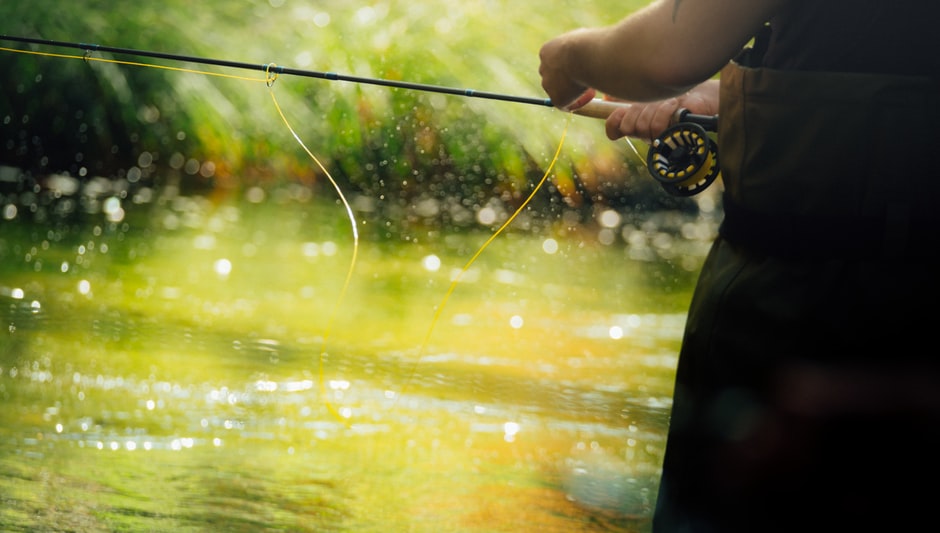Like lures, anglers today can opt for biodegradable monofilament line fishing line that breaks down faster yet still has the same strength and durability as traditional line. This line is made from polyethylene, which is a non-toxic material that will not harm the environment. The line comes in a variety of colors to match your fishing gear, and is available in three sizes to suit your needs.
Table of Contents
How long do fishing lines take to decompose?
It takes up to 600 years for a fishing line to be recycled. Several types of fishing lines have been developed to minimize the impact of the line on the environment. The most common type of line is polyethylene (PE) or polypropylene (PP). These lines are made from a mixture of polyester, polyurethane (PU), and polyvinyl chloride (PVC).
Polyester is the most commonly used material, but PVC is also used in some cases. They can be used to make a variety of products, such as clothing, toys, and toys for children. However, they are not suitable for use in the fishing industry due to their high cost and the fact that they take up a large amount of space in fishing nets.
For example, some studies have shown that the use of PVC in fish nets can lead to the release of toxic chemicals into the water, including polychlorinated biphenyls (PCBs) and dioxins.
How do you cut a fishing line without a knife?
If you don’t have a pair of braid scissors, any scissors with sharp blades should do the job well. TheCompact scissors made for cutting braid are easy to use for cutting fishing lines in a pinch. Fishing hooks are a must-have for any angler who wants to get the most out of his or her fishing rod and reel.
A good set of fishing hooks can make or break a fishing trip, so it’s important to have the right ones on hand. You can find a variety of different types of hooks on the market, but a good rule of thumb is that you should have at least one hook for every size of fish you’re going to catch.
For example, if you want to fish for smallmouth bass, you’ll want a hook with a 1/2-inch diameter and a 3/8- to 1-foot length. The same goes for bluegill, crappie, and yellow perch, all of which can be caught with small-mouth and largemouth bass.
How long does it take for biodegradable fishing line to decompose?
If bioline is lost at sea it will biodegrade in five years, compared to 600 years for nylon and many more for other types of line. Bioline has been used for centuries in the construction of ships and shipswain’s huts. It is also used in many other industries, such as the manufacture of plastics, rubber and rubber-like products, as well as in a wide range of consumer products.
Does fishing line dissolve in water?
“The time it takes depends on water temperature and other conditions, but it usually dissolves completely in five years,” said Tokuo Ichikawa, who has been in charge of developing the product at Mitsubishi Heavy Industries.‖. The product is expected to be available in Japan by the end of this year.
Is fishing line bad for the environment?
In addition to trapping animals, plastic lines get tangled around reefs and damage the coral and other creatures living on the ocean floor. A small amount of lost fishing line can be fatal to the coral. Out of the water, discarded monofilament lines can wreak havoc.
“It’s not just about fishing lines, it’s about all the plastic that’s floating around in the oceans. It’s a huge problem,” said Dr. David Goulson, a marine ecologist at the University of California, Santa Cruz, who was not involved with the study.
